The women who pioneered the fight for female suffrage across the world
As of 2023, there are very few places in the world where a woman does not have the right to vote. In fact, only Vatican City, its own principality, does not allow women to vote. Its only election is for a new Pope, decided by Cardinals, which a woman cannot become. There is also an argument for Brunei, according to Information Is Beautiful, since it hasn’t held a national election since the 1960s, but men and women can vote in local elections.
The most recent nations to enfranchise women were Bahrain in 2002, Qatar in 2003, Kuwait in 2005, and in 2015 women in Saudi Arabia voted in local elections for the first time.
However, when we talk about the Women’s Suffrage Movement, we’re really focussing on the 19th and early-20th centuries. Here are some of the pioneering women who fought for their right to be represented in the democratic political process.
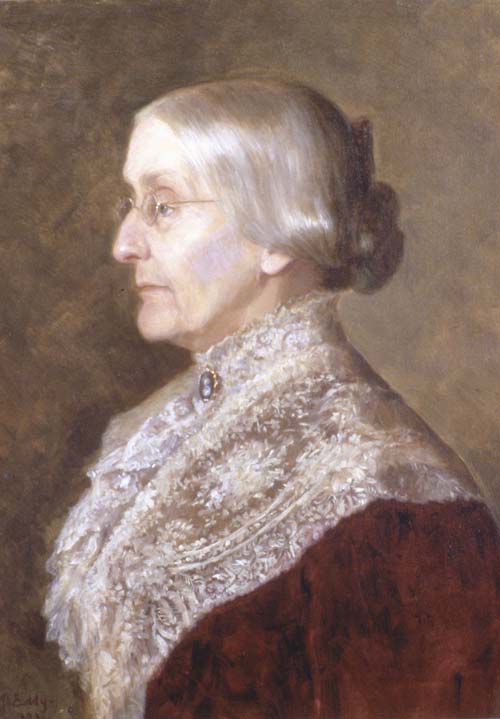
Susan B Anthony
American, 1820-1906
In 1869, Anthony co-founded the National Woman Suffrage Association with Elizabeth Cady Stanton to secure a constitutional amendment allowing women to vote in the US. She toured the country delivering speeches promoting female suffrage and relentlessly lobbied Congress. Although Anthony clashed with the American Woman Suffrage Association, which campaigned on a state level, the two joined together in 1890 as the National American Woman Suffrage Association (NAWSA). Anthony became president in 1892, a role she continued until her retirement in 1900. She never lived to see the ratification of the 19th Amendment, which granted female suffrage in 1920.
Image credit: wiki/Sarah J. Eddy (CC0 1.0)
Anna Haslam
Irish, 1829-1922
Haslam was a key figure of the Irish suffrage movement. With her husband, Thomas, she founded the Dublin Women’s Suffrage Association in 1876. It was a small but important organisation, as the DWSA peacefully promoted votes for women in the city. Haslam campaigned tirelessly for over five decades, challenging the idea that women did not belong in the public sphere. When female suffrage was granted in 1918, she was almost 90 years old.
Image credit: wiki/boards.ie
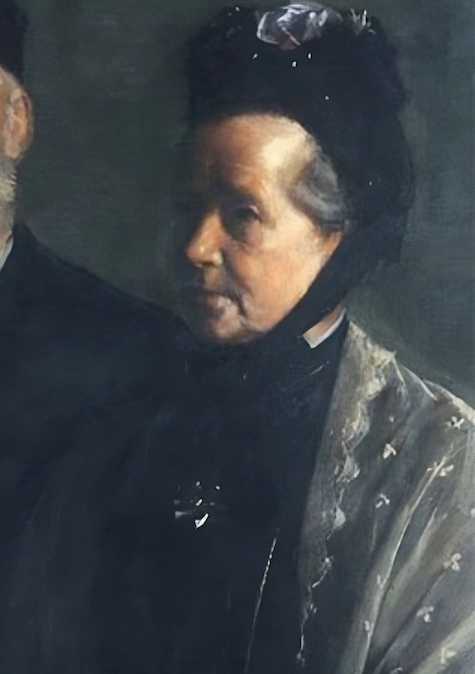
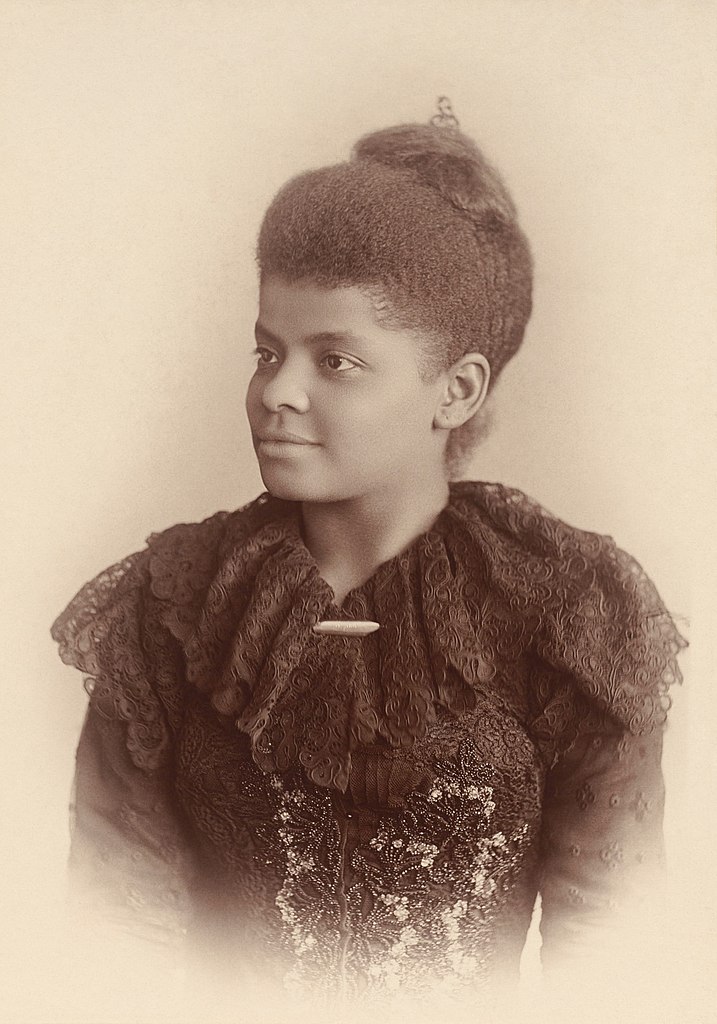
Ida B Wells-Barnett
American, 1862-1931
In 1913, Wells-Barnett established the Alpha Suffrage Club in Chicago, reportedly the first black women’s suffrage association in the US. Gender and racial equality were often at odds in the American suffrage movement, with many NAWSA activists unwilling to support the right to vote for both black and white women in segregated southern states. Wells-Barnett encouraged black women to join the fight for female enfranchisement to ensure that they too were awarded the vote. Although female suffrage was granted in 1920, black women, particularly in the South, still faced obstacles when it came to exercising their right to vote.
Image credit: wiki/Google Arts & Culture
Dame Millicent Fawcett
British, 1847-1929
Fawcett was the founder and president of the National Union of Women’s Suffrage Societies (NUWSS). Unlike the militant tactics of the suffragettes, Fawcett and her followers, the suffragists, believed that non-violent campaigning was the way forward. They organised petitions, peaceful demonstrations and the lobbying of MPs, although Fawcett did not condemn the Women’s Social and Political Union (WSPU) altogether. When World War I broke out, Fawcett suspended the NUWSS’ marches but continued campaigning peacefully. She retired as president after the Representations of the People Act of 1918, living just long enough to see the voting age lowered to 21 with the Equal Franchise Act in 1928.
Image credit: wiki/Library of Congress
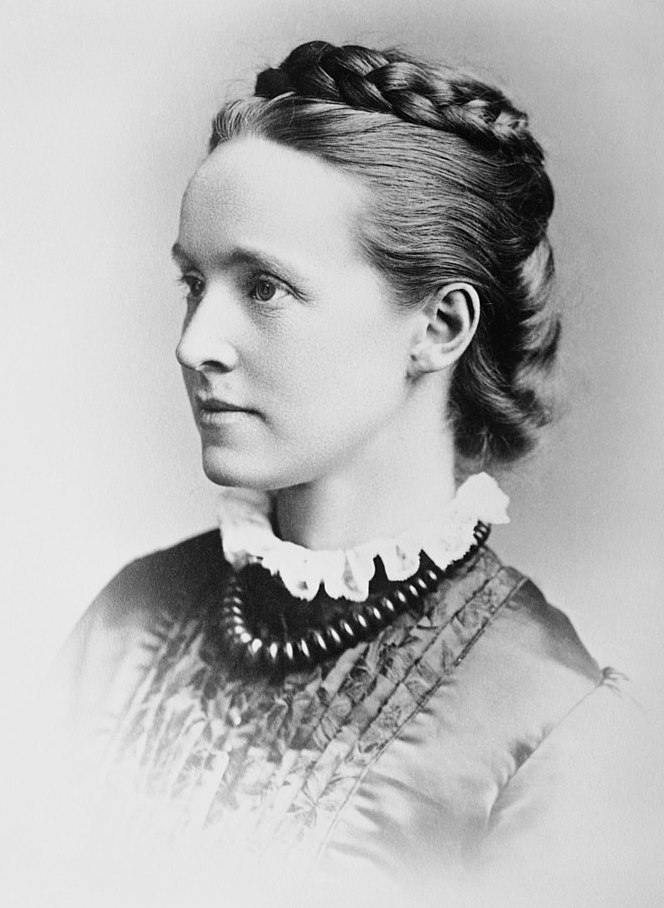
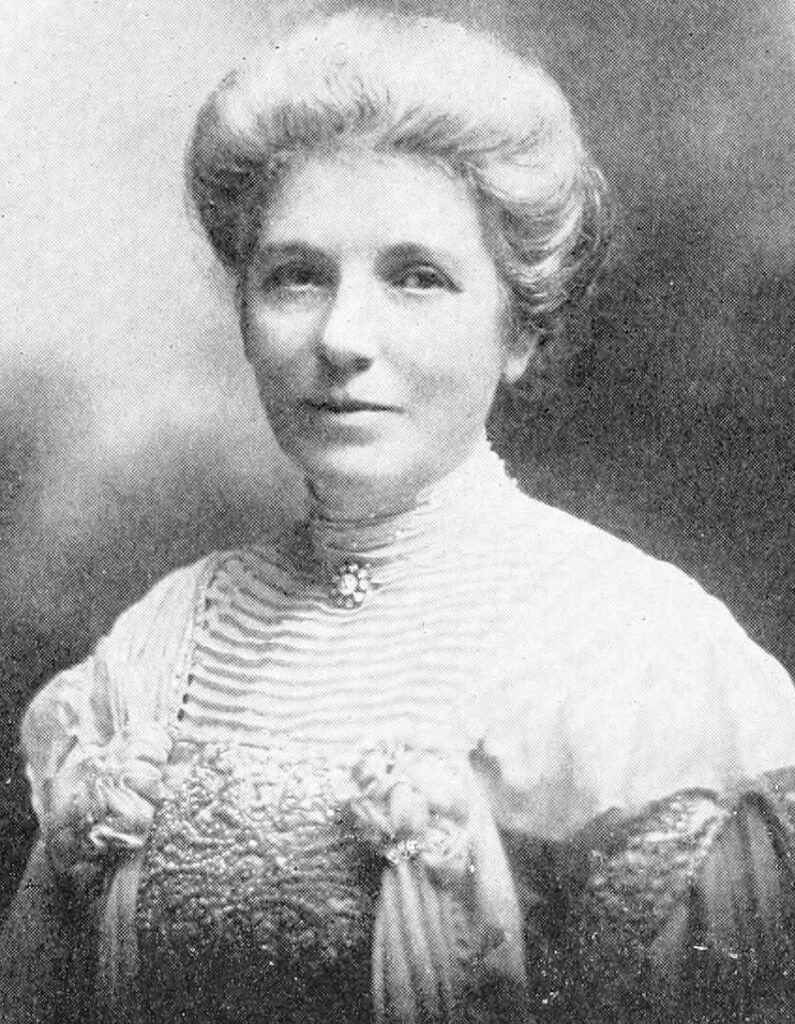
Kate Sheppard
New Zealand, 1847-1934
Sheppard led the New Zealand branch of the Women’s Christian Temperance Union from 1887, an organisation that believed female suffrage could bring about social and legal reform. After attempts to pass the female suffrage bill failed, Sheppard organised a petition with nearly 32,000 signatures, all women, and presented it to Parliament in 1893. Despite strong opposition, the lower house of Parliament supported it. The Electoral Act passed that year, granting every person 21 years of over the vote, including women. Thanks to Sheppard’s campaigning, New Zealand became the first country in the world to allow female suffrage.
Image credit: wiki/Internet Archive
Emmeline Pankhurst
British, 1858-1928
Pankhurst was a leading figure of the women’s suffrage movement in Britain and the founder of the WSPU. She encouraged her followers, known as suffragettes, to use militant tactics such as arson and window smashing to promote their cause. These decisive methods were criticised as some believed they did more harm then good. During World War I, Pankhurst ceased militant activity to support the war effort and once the war ended in 1918, women over 30 were finally granted the right to vote. Ten years later, this was extended to women aged 21 and over, but this extension happened just after Pankhurst’s death.
Image credit: wiki/Library of Congress
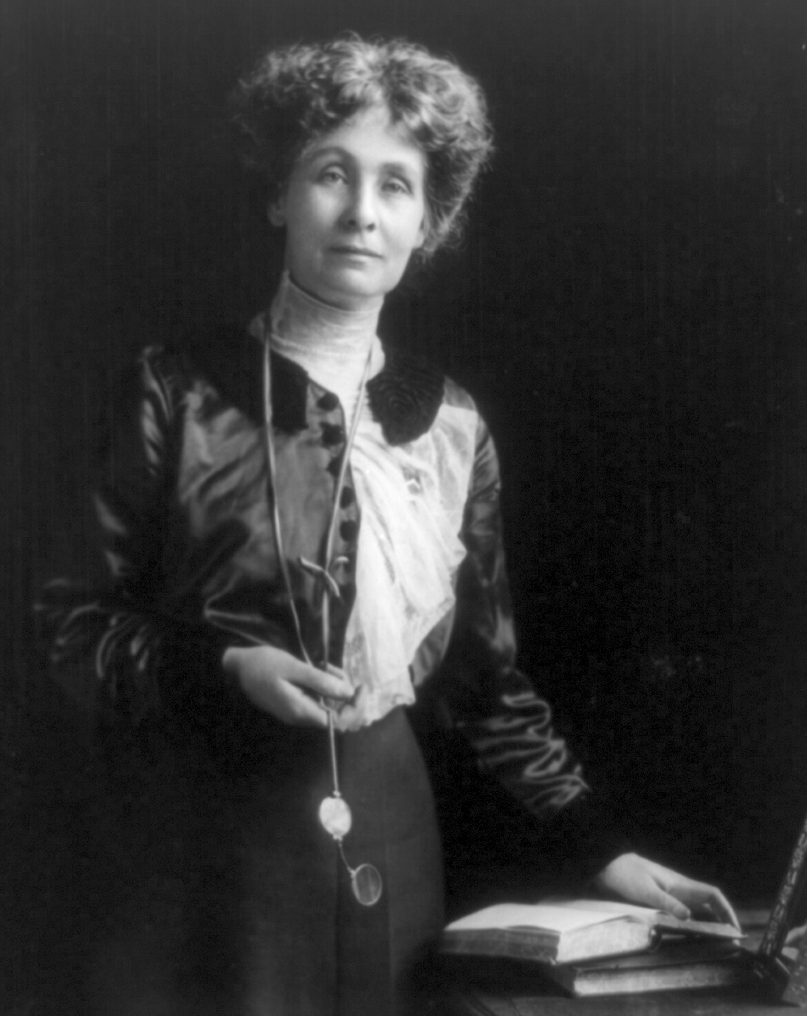
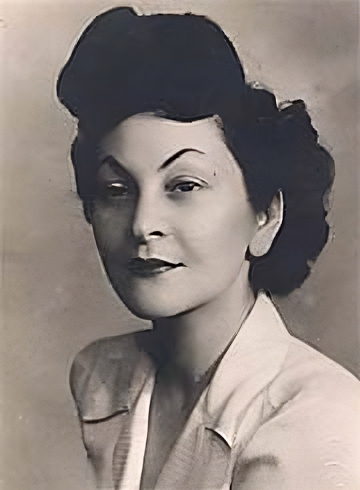
Doria Shafik
Egyptian, 1908-75
Shafik, a passionate feminist, founded the Bint al-Nil union in order to promote equal rights for women in Egypt. In 1951, she notably led a march on the Egyptian parliament with 1,500 women to demand female suffrage, and three years later she went on a hunger strike in protest at a newly created, all-male constitutional committee. Her actions are often cited as the main catalyst for Egyptian women gaining the vote in 1956.
Image credit: wiki/Al-Ahram Weekly
Fusae Ichikawa
Japanese, 1893-1981
After witnessing the women’s suffrage movement in the US, Ichikawa co-founded the Woman’s Suffrage League of Japan with Shigeri Yamataka in 1924. Six years later, the League held Japan’s first national convention on female enfranchisement. With the American occupation of Japan following World War II, Ichikawa fought for women’s suffrage to be included in the post-war constitution. She became the president of the New Japan Women’s League and her campaigning ultimately contributed to women gaining the right to vote in 1945.
Image credit: wiki/sekaitsushin
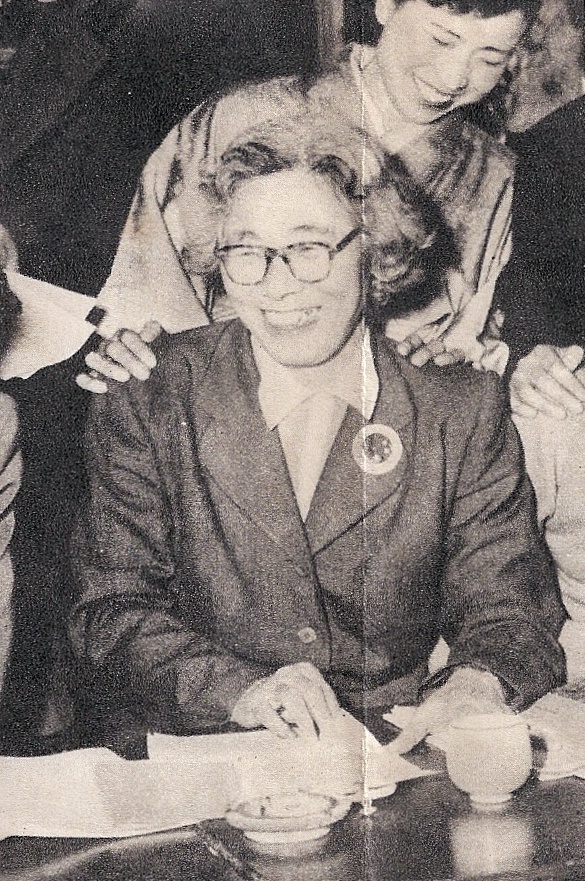
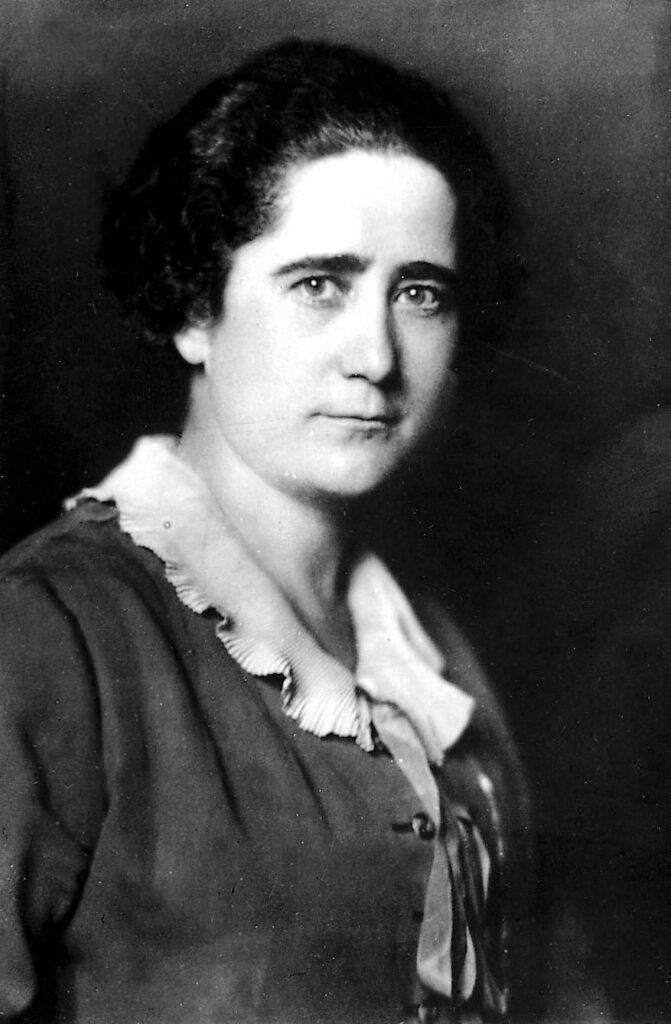
Clara Campoamor
Spanish, 1888-1972
When women gained the right to stand in elections for the first time in 1931, Clara Campoamor was one of the three women elected to the Constituent Assembly. As part of her role in helping to draft the Spanish Constitution of 1931, she fiercely advocated women’s rights, in particular universal suffrage. Thanks to her efforts, Spanish women were finally granted the right to vote in December 1931, although they faced restrictions during the rule of Franco.
Image credit: wiki/Virgilio Muro (CC BY-SA 4.0)
Lin Zongsu
Chinese, 1878-1944
Inspired by the women’s rights movements in Europe and America, Lin founded the first female suffrage organisation in China, the Women’s Suffrage Comrades Alliance, in 1911. Despite her efforts and numerous petitions, women were still denied the vote in the provisional constitution of 1912. The National Assembly felt threatened by their demands and Lin eventually ceased her activities under the suppression of Yuan Shikai in 1913. Women were finally granted the vote in China in 1949.
Image credit: wiki/nhaidu.com
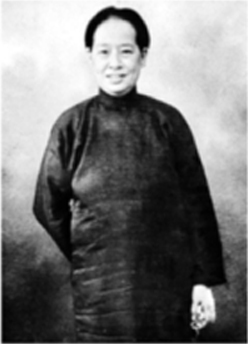
Discover more incredible women in history, chosen by leading historical experts, in All About History 127

